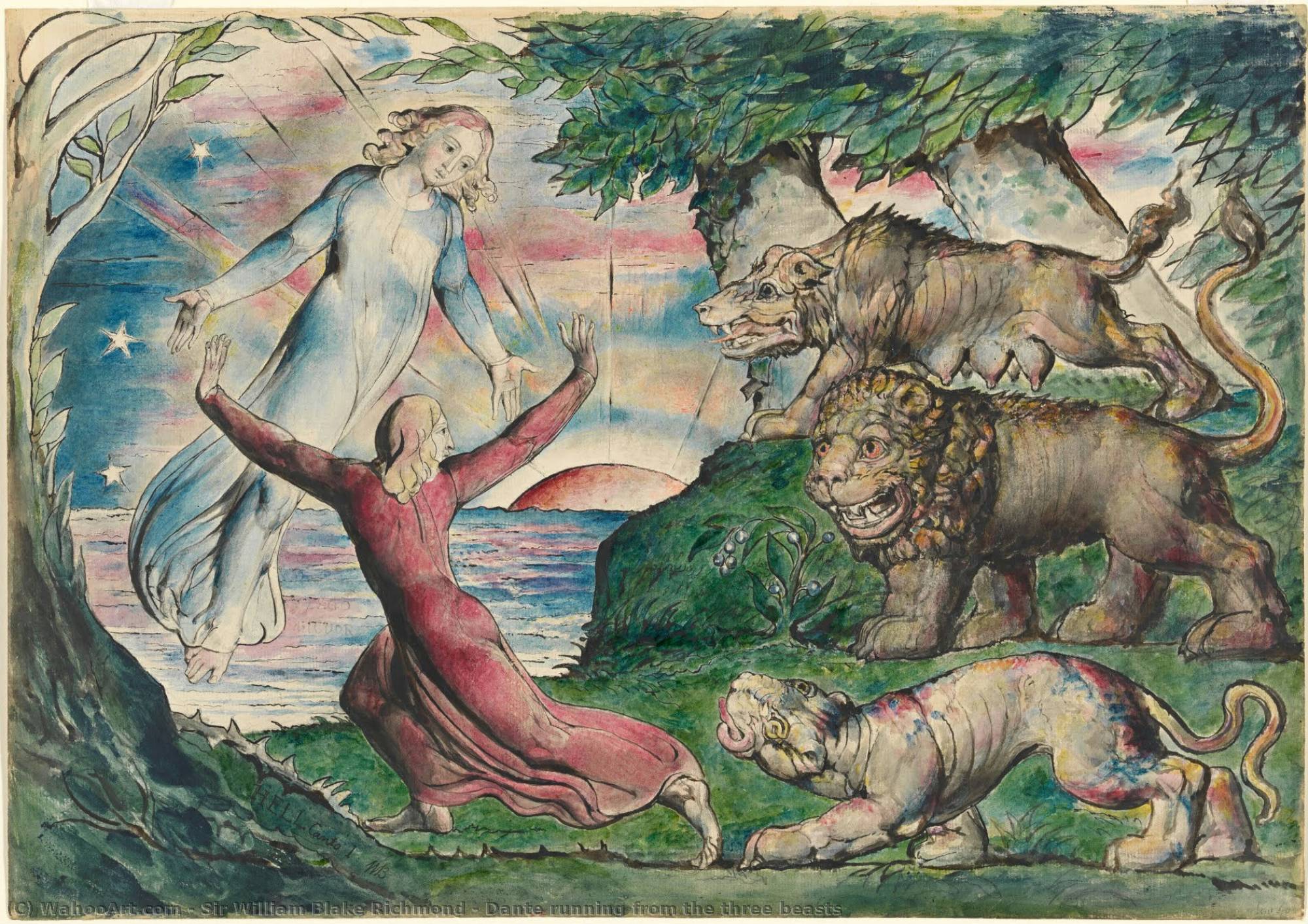The ancient stories that shaped the collective memory always begin with rupture. Creation is a tearing open of what was once whole. The cosmos arrives from the body of a being divided, a mother wounded or a wisdom fallen. This primal cut becomes the invisible foundation of the world, and it echoes each time flesh and blood bring forth new life. The myth remembers what the body already knows: existence comes through separation and pain. But in that scar is hidden the seed of return, the memory of an androgynous fullness where division had no power.
I. The First Cut of the Cosmos
In the Babylonian hymn the world is born from the death of Tiamat. She is the oceanic mother who holds fertility, chaos; from her womb rise the first gods. When her children rebel, the young warrior Marduk strikes her down, splits her body in two, and with one half creates the heavens and with the other the earth. The price of cosmos is the mutilation of the mother.
The Hebrew tale speak of the tehom under the Spirit, and the Word imposing form upon it. The ocean is subdued and silence is laid upon the abysmal feminine. In Gnostic view, Sophia, while desiring to bring forth on her own, falls from the Pleroma and begets the Demiurge, fashioning the prison of matter.
Across myth the pattern is constant; the feminine principle is cut, silenced, or thrust down. The body of the mother becomes the stage on which the masculine voice or weapon claims mastery. The earth and the sky, the ordered heavens, the laws that bind, are all shaped from what was once living flesh. The order of creation is founded on a crime, and that crime leaves a trace in the fabric of reality.
II. The Microcosm of Birth
What myth proclaims in the macrocosm, human life repeats in the microcosm of birth. The infant emerges only through rupture. The womb that held unity is torn; the cord that united mother and child is severed; the blood that nourished now spills. Pain and separation mark the beginning of life. The child lives because the mother bleeds. The mother embraces because she has lost. This experience is universal and inescapable, and it leaves in every soul the imprint of the primal wound.
Myth and biology are two mirrors of the same mystery. The world is born from a cut, and each human is born from a cut. The memory of Tiamat torn apart or Sophia fallen is written in the body of each woman who gives birth and in the flesh of each child who emerges into light. The unity once held cannot endure; life demands division. That division is the echo of the ancient crime of creation. It is also the gateway to the longing for reunion. For if all begins with rupture, then the heart remembers that there was once wholeness, and it yearns to return.
III. The Androgynous One and the Rose
The myths do not leave the wound as final word. Behind the stories of violence lies the memory of the androgynous One, the undivided fullness before cut and exile. Plato recalls a being round and whole, divided by Zeus, condemned to seek reunion. The hermetic texts speak of the Anthropos fashioned in image of the One, male and female together, only later cast down into body and split. Even Genesis whispers of this unity; the first human is made both male and female before separation into Adam and Eve. This is the remembrance of what lies beyond the crime; a state in which masculine and feminine were not rivals but faces of one presence.
The longing for hieros gamos, the sacred marriage, is born from this loss. Every rite of union, every myth of bride and bridegroom, every image of Christ with the Church or Logos with Sophia, is an attempt to heal the wound. Yet the true goal is to return to the androgynous One, the original state where no blade had divided.
The Rose speaks this truth in the simplest form. Within itself one finds organs of both principles, stamen and pistil together, unity hidden in the garden. The Rose blooms from stem of thorns, showing that beauty emerges only where pain has cut. It opens in four directions upon wood, image of Spirit made visible in matter. In the Rose the primordial mother is flowering; Sophia rises within the soul; Shekinah lifts from the dust. The wound of creation is transfigured, and the memory of the androgynous One shines through petals of crimson Light again.
Fiat Lux.
